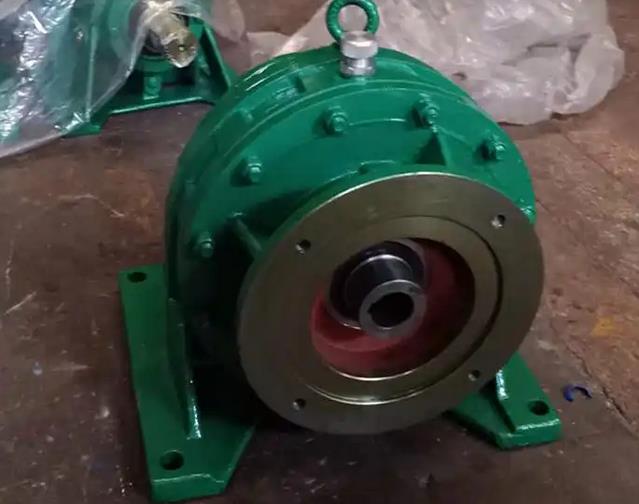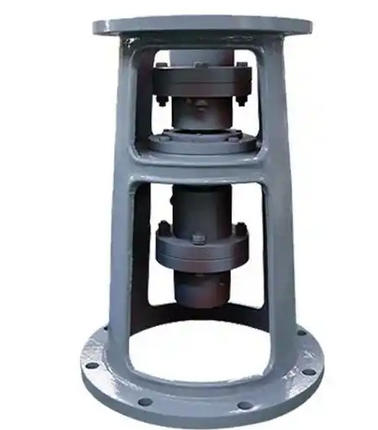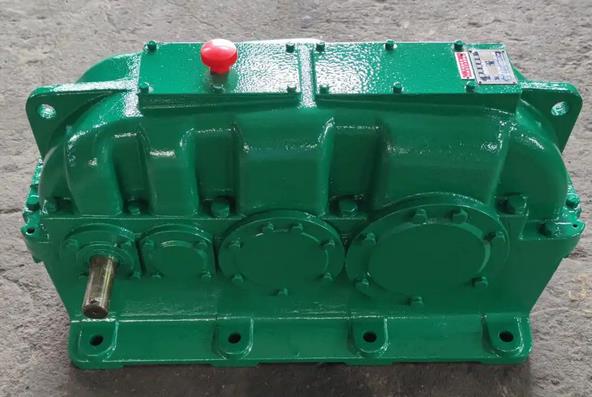What are the precautions to be taken during the installation process of the hardened gear reducer in ZSCA400-1-22.4
There are some common points for installing medium hard gear reducers, and the following are related contents:1. Installation location selection: The reducer should be firmly installed on a stable horizontal foundation or base to avoid vibration and noise during operation, and even damage to bearings and gears. At the same time, space constraints should be considered to ensure sufficient space for maintenance and inspection.

2. Pre installation inspection: Confirm whether the size and load capacity of the reducer are suitable for the installation position, and whether its installation direction is correct. Check the oil level inside the gearbox. If the oil level is insufficient, it may cause excessive gear wear. Also ensure that all fastening bolts are tightened to prevent the gearbox from moving or causing safety issues.
3. Confirmation of connection method: Before installation, it is necessary to confirm whether the connection method between the reducer, the driving motor, and the driven equipment is correct. Different connection methods will affect the stability of the machine and the effectiveness of the reducer.
4. Alignment of the transmission center axis: During installation, attention should be paid to the alignment of the transmission center axis, and the error should not exceed the compensation amount of the coupling used. Good alignment can prolong the service life of the reducer and achieve ideal transmission efficiency.
5. Avoid hitting the output shaft: When installing transmission components on the output shaft, it is not allowed to use a hammer to strike. Usually, assembly fixtures and internal threads on the shaft end are used to press the transmission components in with bolts, otherwise it may cause damage to the internal parts of the reducer.
6. Careful selection of couplings: It is best not to use rigid fixed couplings, as improper installation of such couplings can cause unnecessary external loads, leading to early damage to bearings and even fracture of the output shaft in severe cases.
7. Pay attention to protection and reinforcement: When there are protrusions in the transmission connecting parts or when gears or sprockets are used for transmission, protective devices should be installed to prevent personnel injury. If the output shaft is subjected to a large radial load, a reinforced reducer should be selected.
8. Ensure operational convenience: Install the device according to regulations to ensure that personnel can easily access the oil level gauge, vent plug, and drain plug for checking the oil level, adding lubricating oil, and discharging dirty oil.
9. Post installation inspection and debugging: After installation, the accuracy of the installation position and the reliability of the tightening of each fastener should be comprehensively checked in order. After installation, it should be able to rotate flexibly. Then conduct a no-load test run for no less than 2 hours, observe for any abnormalities such as vibration, noise, etc., and promptly eliminate the problem.




